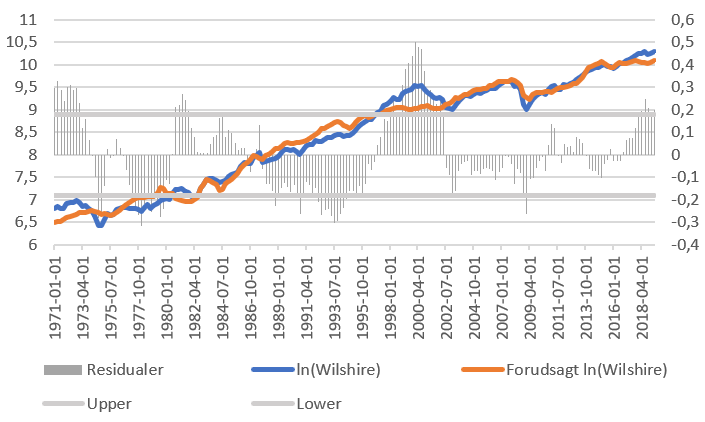
2/n
"I ugevis har medier og forskere og over hele verden med stigende utålmodighed afventet offentliggørelsen af et stort dansk studie om effekten – eller manglen på samme – af at gå med mundbind i det offentlige rum her under coronapandemien."
"I ugevis har medier og forskere og over hele verden med stigende utålmodighed afventet offentliggørelsen af et stort dansk studie om effekten – eller manglen på samme – af at gå med mundbind i det offentlige rum her under coronapandemien."
3/n
"Nu kan en af de forskere, der har været involveret i studiet, oplyse, at det færdige forskningsresultat er blevet afvist af mindst tre af verdens absolut førende medicinske tidsskrifter."
"Nu kan en af de forskere, der har været involveret i studiet, oplyse, at det færdige forskningsresultat er blevet afvist af mindst tre af verdens absolut førende medicinske tidsskrifter."
4/n
"The Lancet, The New England Journal of Medicine samt den amerikanske lægeforenings tidsskrift JAMA."
"The Lancet, The New England Journal of Medicine samt den amerikanske lægeforenings tidsskrift JAMA."
5/n
"»De sagde alle nej,« fortæller professor, dr. med. og overlæge ved forskningsafdelingen på Nordsjællands Hospital, Christian Torp-Pedersen."
"»De sagde alle nej,« fortæller professor, dr. med. og overlæge ved forskningsafdelingen på Nordsjællands Hospital, Christian Torp-Pedersen."
6/6
There is more, but this is behind a paywall for for copywrite reasons I will not share anymore, but I am sure @berlingske editor @TomJensen1966 is happy to help.
There is more, but this is behind a paywall for for copywrite reasons I will not share anymore, but I am sure @berlingske editor @TomJensen1966 is happy to help.
• • •
Missing some Tweet in this thread? You can try to
force a refresh





